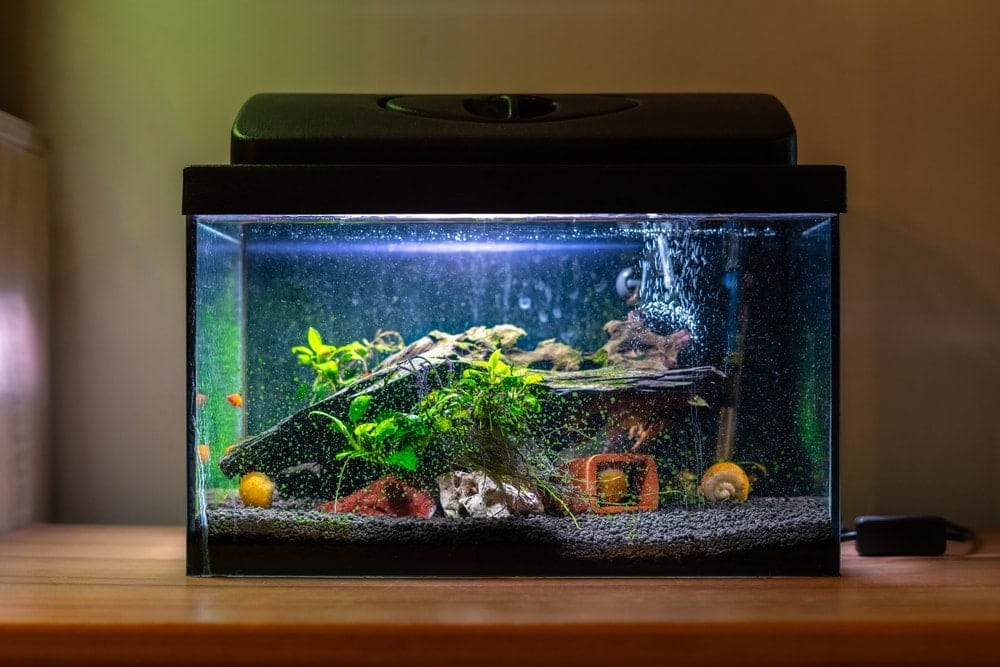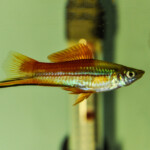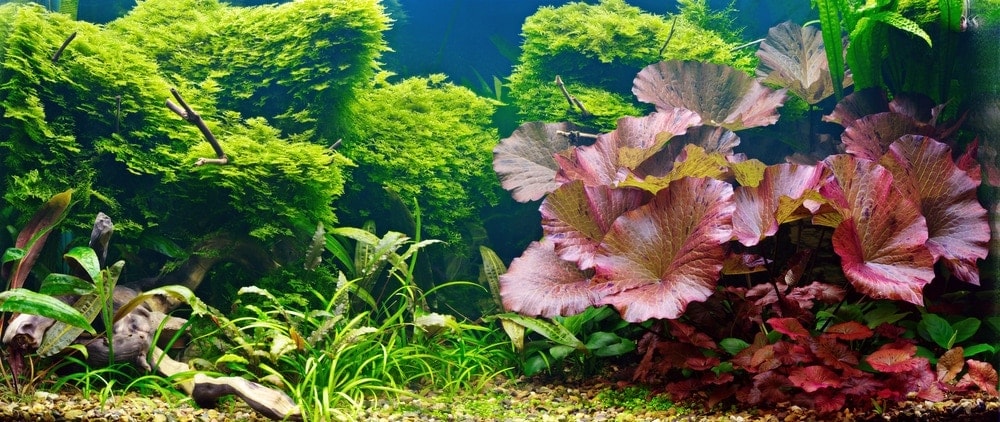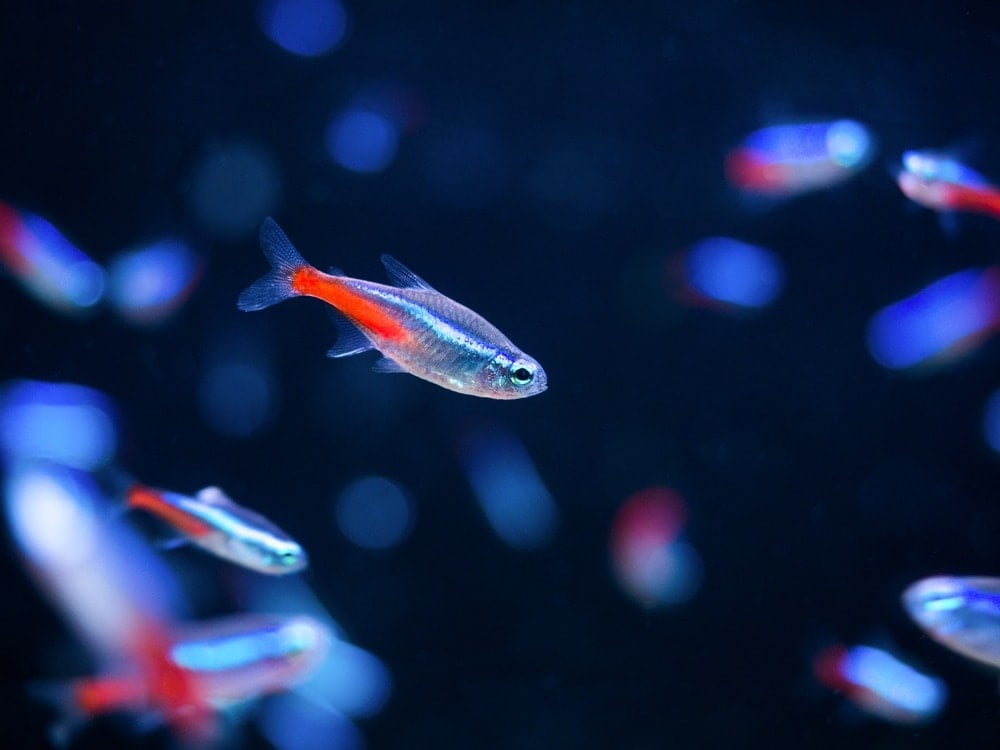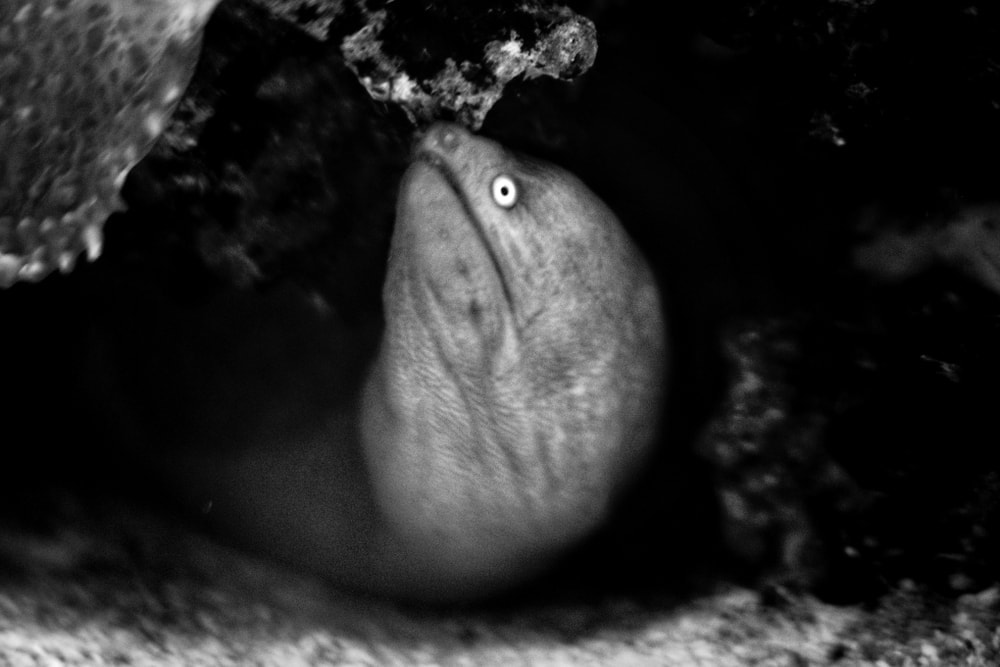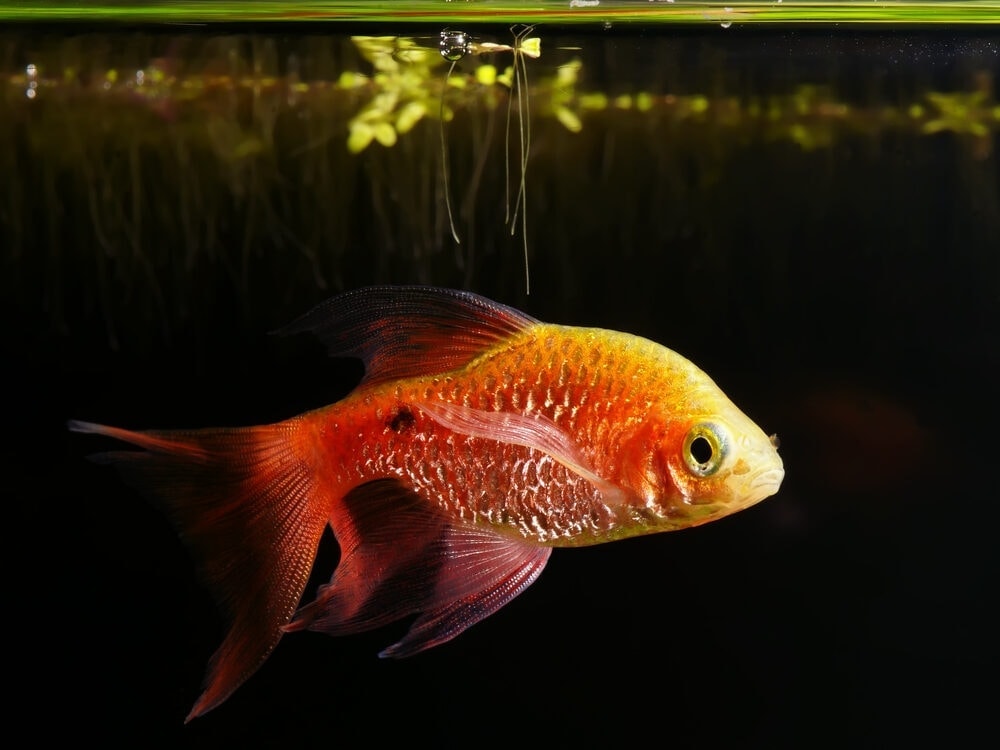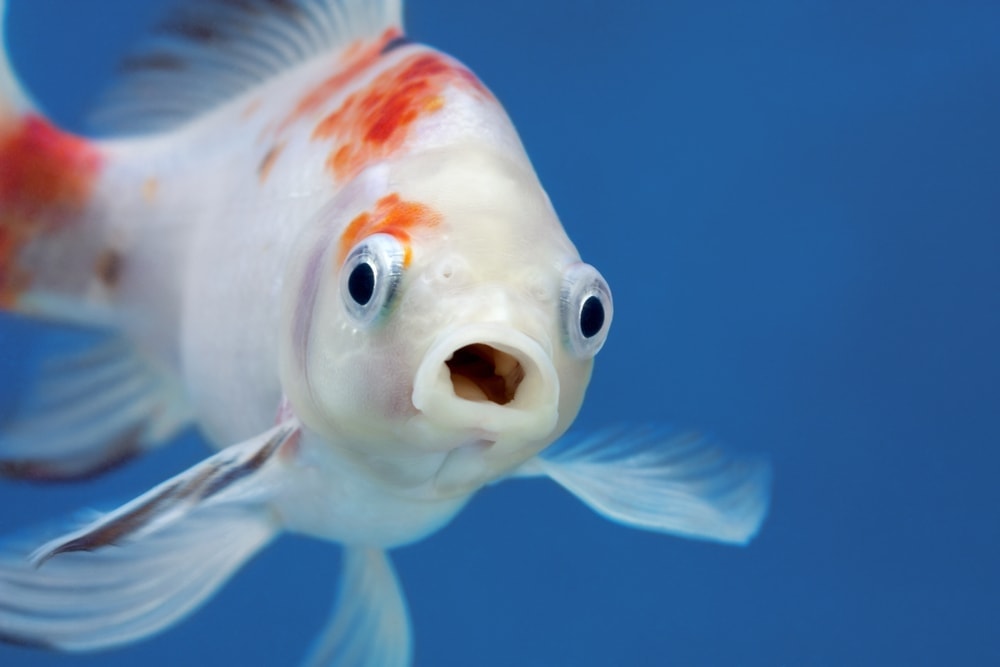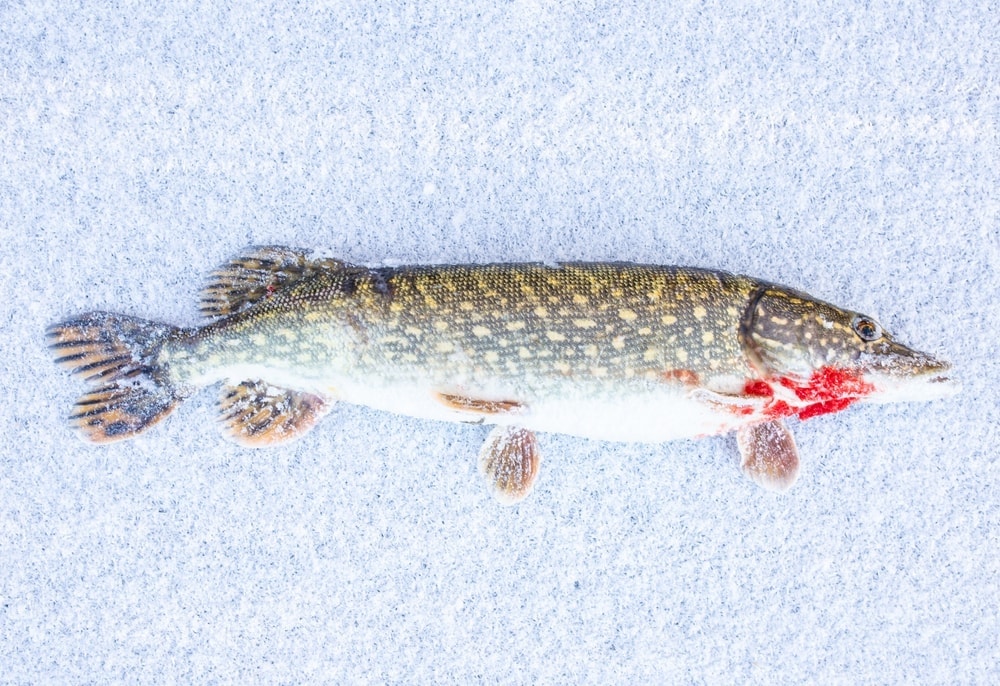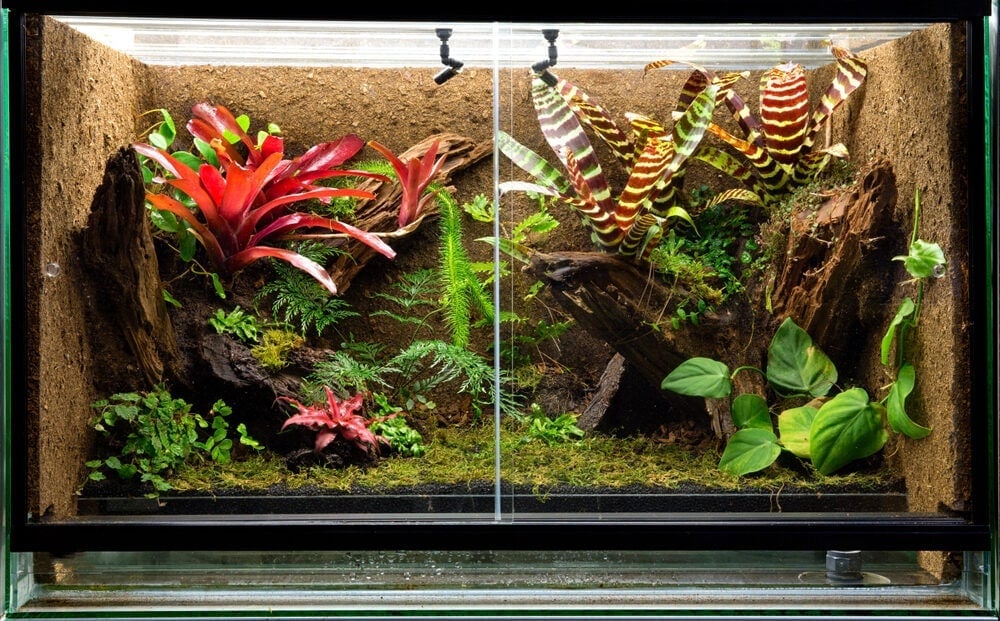Aquarium Lights not only look amazing in planted tanks but are incredibly important to the longevity and health of your plants and fish/pets in the tank.
To much or too little can be fatal. The amount of time to leave them depends on four main factors of what kind of plants you have, how fast you want them to flourish, CO2 levels, and type of light.
Overall, a good rule of thumb is to prevent lighting period from going too far over 8 hours and not any shorter than 6 hours, although for certain species extreme time is important.
While there are additional factors that are important, the above four are the most central.
What Do Aquarium Lights Do?
We have all seen the pretty multi-colored lighting that fancy restaurant aquariums have. Those are known as Aquarium lights. Not only do they make the enclosure glow and attract attention to look beautiful, they also serve the practical purpose of survival for the plants.
Especially with indoor tanks that do not get a lot of light naturally, in order for the plants at the bottom of the enclosures to survive and flourish, it is important that there is adequate lighting.
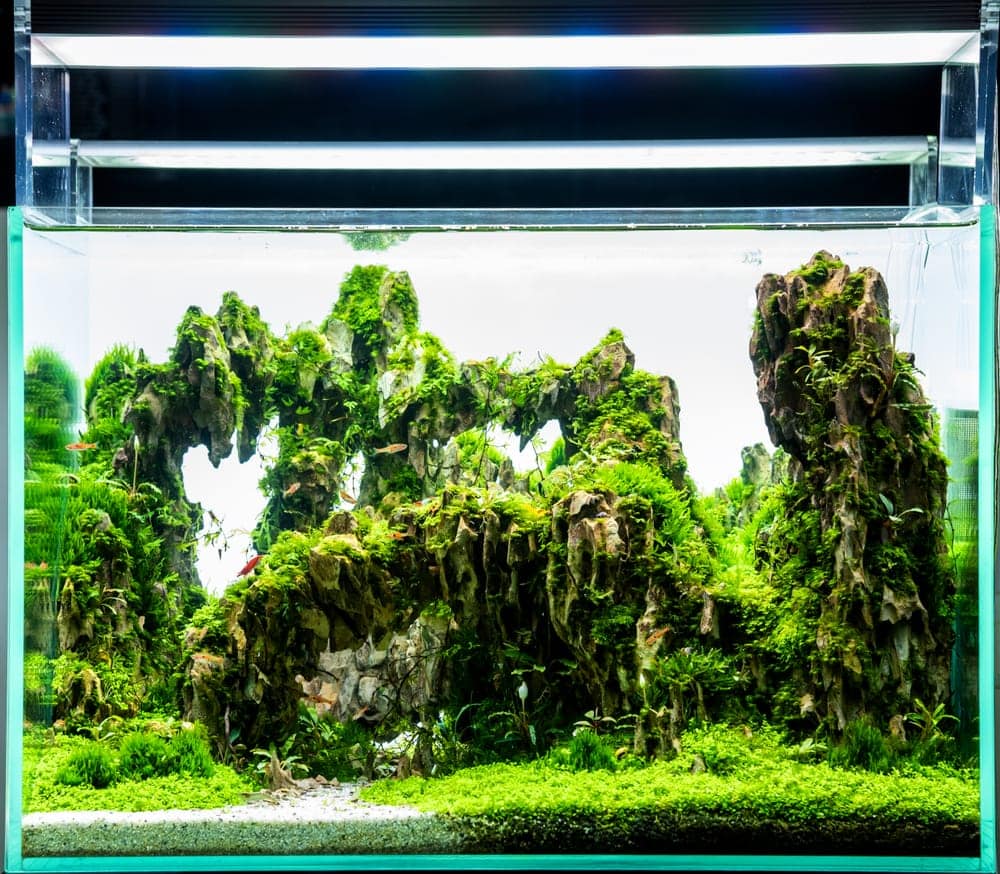
Nearly every type of plant uses the process of photosynthesis to survive. This uses light energy to catalyze carbon dioxide and water resulting in a sucrose that serves as the main source of energy for the plant alongside the every-healthy byproduct of oxygen for human lungs.
It makes sense, then, that different types of aquarium lights are important for different plants and needs. The types of lights vary, ranging from actinic, color-enhancing, and fluorescent. Each one best fits different plants.
1. Type of Plant
Different plants do differently on land under different light conditions. The same thing applies for plants that are underwater as well. It is no different! Just as when you go to the garden to buy a plant, and the label instructs you to give various plants direct sunlight, partial sunlight, or that they do well in shade, underwater plants will need varying levels of aquarium light exposure. This will help you learn to adjust the amount of time to leave the aquarium lights on.
For example, there are types of aquarium plants known as carpet plants. These plants look similar to grass and cover the entire bottom of aquariums. Some examples of these carpet plants include the mainam dwarf hairgrass or the micrathemum monte carlo plant.
Similar to grass above water, these carpet plants do well with a minimum of 12 hours of light. Direct light is best, but the intensity shouldn’t be put on high. Leaving the intensity on a medium-low is best for these kinds of carpet plants.
Another type of plant classification is the mid-ground plants. These fit well within the rule of thumb recommendation of 6-8 hours. These plants are great. They look beautiful and are not too difficult or finnicky with light recommendations.
2. Growth Rate
The growth rate of different plants will often dictate how long to leave the lights on depending on which lights you have available to you. If you have lights that are lower in intensity, you may need to increase the amount of time the light is left on for.
Higher intensity plants, on the other hand, may require only high-intensity lights to be able to grow at all, otherwise lower intensity lights may need to be left on nearly around the clock.

3. CO2 Accumulation in the Tank
CO2 will accumulate in the tank. More light, especially when you don’t have as many plants, will result in greater CO2 needs. Plants, as mentioned above in the explanation of photosynthesis, utilize CO2 as what chemists refer to as a critical or limiting reactant.
This limiting reactant, if not present in high enough quantities, will change how well the production of the products of oxygen and glucose or sucrose are made. The more CO2 that your plants need, the equally increased amount of light the plants will need.
Without it, the CO2 will escape into the air and the water in the tank becomes purified. While this may sound like a good thing, it is actually cutting off the only source of energy for the plant. Timing the CO2 aeration and plant light exposure to synchronize at regular intervals is important to allow maximal growth and usage at proper times.
4. Light Kind
Lights fall around the color spectrum. As I mentioned above, there are various pretty light colors available to people to make their aquariums look and feel gorgeous to the naked eye,.
However, this adjustment of color will adjust the time and the intensity as well as spread. Smaller spread lights that are perhaps of lower penetrative frequencies below a certain threshold will not be able to sustain any sort of photosynthesis.
Thankfully for your plants, most of the lights available on the market for purchase fall well within this range that makes it viable for the plants to survive.
Then, the most important aspect of plant growth and light exposure becomes the spread. If you have lights that shine a narrow beam of cone-shaped light into your enclosure, you may need additional lights or a shorter period of time.
The smaller the cone, the more intense the light concentration on certain areas tends to be. If you are doing so, you may need to move the light around and change the angle every 4 hours to ensure even growth and a healthy ecosystem overall.
The level of warmth for the color spectrum should range, just in case, around 6000 to 8000 kelvins, although less optimal colors will still function.
Miscellaneous
For newer plants and tanks, it is important to consider the factor of the new purchase. Lighting should be slightly longer in general depending on what average is for the plants in your enclosure to start off with to avoid algae growth.
Conclusion
Plants grow well in most conditions, but to optimize aquarium plant growth, aquarium lights need to be adjusted to your specific enclosure and tank.
The factors to consider largely depend on your plant type, desired pace of growth, light type as well as the somewhat complex usage of carbon dioxide reactants.
